#Romneya coulteri
Text



Romneya coulteri or Matilijia poppy or fried egg flower. Native to California and Mexico, these friends can grow quite tall. In the desert I've seen them stuck at around 2-3 feet but the group pictured here – in someone's garden – had stalks at least 6 feet tall.
#sonya7r4#sonya7riv#digital photography#photographers on tumblr#color photography#photography#photographers of tumblr#original photography#flora#green#matilijia poppy#poppies#fried egg poppy#foggy summer days#Romneya coulteri#lensblr#photoblog#photoset#flowers#blumen#fleurs#flores#natureza#verde#grün#bluebellyphotos
376 notes
·
View notes
Text
Fried Egg Plant
If there is a plant with more names than the Fried Egg plant, I would be very surprised.
This lovely tree is growing near my home and is just now coming into bloom. When I went to check it out online I discovered that it has multiple identities. I think it may be a villain on the run.
Here is the Fried Egg plant, Gordonia plant, or Polyspora axillaris. It is also referred to by its other…
#camellia exillaris#flower#franklinia axillaria#fried egg#fried egg flower#gordonia plant#matilija poppy#plant#polyspora axillaris#romneya coulteri
1 note
·
View note
Text

Matilija, Romneya coulteri
0 notes
Video
Matilija poppy - Romneya coulteri by Arlene Schag
Via Flickr:
Native Matilija poppy (Romneya coulteri) in Southern California. This specimen was found growing within one mile of the Pacific ocean, the light hit it just right. The plant may grow up to 8 feet tall and very wide, definitely an outstanding show when in bloom. Romneya coulteri is endemic to California and Baja California in Mexico. Thrives in full sun and well drained soil. Plant can vigorously sprout from creeping rootstock. Matilija poppy (ma-TIL-i-ha or ma-til-EE-ha) is named after Chief Matilija of the Chumash Native American Indian Tribe. In the stalk, there is a clear to yellowish liquid substance that the Cahuilla used to drink. The plant is used medicinally for skin and gum problems and stomach upset. The Chumash people believed the petals of the flower are like the soul of a maiden, who died of a broken heart. Their Chumash gods transformed her into the pure white petal. This plant grows from the Sespe Creek Drainage in Ventura county south to Temescal canyon and into Baja California. This poppy shares its name with Matilija Canyon north of the town of Ojai, where the beautiful plants are said to protect the grave of the daughter of the Matilija Indian tribe's chief.
#poppy#center#flora#flores#close up#macro#orange#California native#white#petal#Pacific#Romneya#coulteri#Matilija poppy#California endemic plant#fried egg flower#sunny side up#large#hedge#deciduous#Chumash#flickr#Westcoast Wildlife
0 notes
Text


Matilija poppy (Romneya coulteri) in a friend's garden
May 19, 2024
#flowers#california native plants#matilija poppy#white flowers#poppy flower#gardening with natives#may#2024#native plants#my pics#friend plants#post
6 notes
·
View notes
Text

Hello, all Plant Enthusiasts!
Have you been looking for a beautiful tree to add to your garden space?
The Romneya Colutri, also known as the Tree Poppy, is the perfect choice. This versatile plant thrives in full sunlight and well-drained sandy soil, making it an ideal option for many plant lovers.
Some pro tips to help you grow this beauty:
Prefers well-draining, sandy or loamy soil that has a pH of 6.0-7.0
Initially, water regularly to establish its roots
Keep it in direct sunlight for at least 6-8 hours daily
The optimal temperature should be between 70-90°F
Prune in late winter or early spring for vigorous new growth
Best suited for USDA Hardiness Zones 7-10
Want to add this beauty to your garden? Check out the exquisite collection of high-quality Romneya Colutri Tree Poppy at Healthy Harvesters!
To learn more, browse https://hhplantnursery.com/products/romneya-coulteri-tree-poppy-one-gallon-size
#hhplantnursery#harvesting#plantation#plant#garden#poppytree#tree#soil#roots#temperature#healthyplant
0 notes
Photo

reaching for the sky! Fried Egg Plant (Romneya coulteri) #alfordsgardens #kathyalforddesigns #natives #californianative #backyarddesign #whiteflowers #flowersofinstagram #lowwater https://www.instagram.com/p/CpQdklNvFP6/?igshid=NGJjMDIxMWI=
#alfordsgardens#kathyalforddesigns#natives#californianative#backyarddesign#whiteflowers#flowersofinstagram#lowwater
0 notes
Text
Romneya coulteri, or Matilija poppy. Once established, these flowers will take over any area they are planted. However, they require fire for their germination and their rhizomes only like transplant in fall.

#flower#picoftheday#californianativeplants#california#flowers#nature#photography#poppy#floral#tumblr
0 notes
Photo
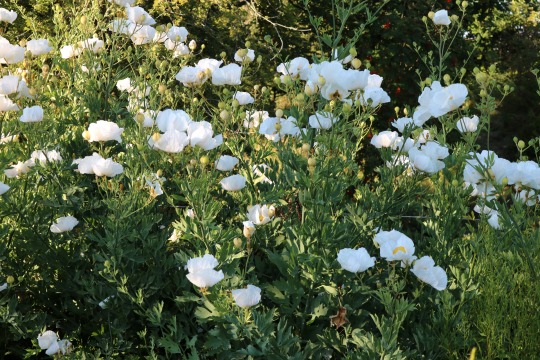
California Tree Poppy (Romneya Coulteri)
Les Jardins Suspendus, Le Havre, France
#photographers on tumblr#nature#flowers#poppies#white#floral#summer#flores#verano#blanco#california tree poppy#romneya coulteri#papaveraceae#les jardins suspendus#botanical garden#le havre#france
92 notes
·
View notes
Video
J20160602-0030—Romneya coulteri—RPBG by John Rusk
Via Flickr:
Romneya coulteri—matilija poppy. Included in the CNPS Inventory of Rare and Endangered Plants on list 4.2 (limited distribution). Many early references mention the plant as being present in what are now Santa Barbara and Ventura Counties. Indeed, the common name is from the Matilijia River of Ventura County. Few populations exist north of Los Angeles County these days. It extends south from LA to Baja California. The species is notoriously difficult to start in gardens and, being a rhizomatous perennial, equally difficult to stop once started. Photographed at Regional Parks Botanic Garden located in Tilden Regional Park near Berkeley, CA.
#ebparksok#taxonomy:kingdom=Plantae#Plantae#taxonomy:superphylum=Tracheophyta#Tracheophyta#taxonomy:phylum=Magnoliophyta#Magnoliophyta#taxonomy:class=Magnoliopsida#Magnoliopsida#taxonomy:order=Ranunculales#Ranunculales#taxonomy:family=Papaveraceae#Papaveraceae#taxonomy:genus=Romneya#Romneya#taxonomy:species=coulteri#taxonomy:binomial=Romneya coulteri#Romneya coulteri#Coulter's matilija poppy#taxonomy:common=Coulter's matilija poppy
2 notes
·
View notes
Photo




#matilija poppy#fried egg flower#california native plants#sunlight through petals#romneya coulteri#culver city
1 note
·
View note
Text
26 October - 13 November 2020
These past few weeks have been an emotional roller-coaster. Back in September several friends, within 48 hours of each other, informed me about an amazing opportunity in the south of France. I was so touched that people were looking out for me, knowing I’ve been aching to move to somewhere warmer, more Mediterranean. I hesitated for a week because the job announcement on a garden designer’s Facebook page stated French was important. I’ve studied French for a long time and I still have a long way to go to fluency. Again, later in the week, another friend from Kew mentioned it and knew the garden personally.
So I took the plunge and sent my CV, in French, to the garden designers. They liked it well enough to pass it to the client. A week later I had my first phone interview and it went well. Now I was super excited and could hardly sleep. On paper this job sounds really good. I checked out some You Tube videos on the garden designer, their preferred maintenance contractor and the nursery they use. I only became more interested and excited.
Plant ident 30 October
Lamiaceae Salvia africana-lutea syn. of Salvia aurea
Lamiaceae Salvia canariensis
Lamiaceae Salvia confertiflora
Lamiaceae Salvia elegans ‘Honey Melon’
Lamiaceae Salvia greggii x serpyllifolia
Lamiaceae Salvia greggii ‘Stormy Pink’
Lamiaceae Salvia involucrata
Lamiaceae Salvia microphylla var. neurepia ‘Oxford’
Lamiaceae Salvia ‘Nel’
Lamiaceae Salvia ‘Phyllis Fancy’
Plant of the week
Lamiaceae Salvia confertiflora Pohl
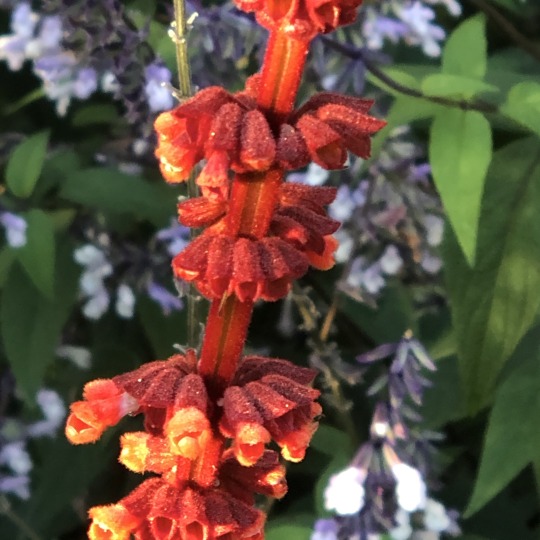
common name(s) - Sabra spike sage
synonym(s) - Salvia confertiflora var. angustifolia J.A.Schmidt; Salvia confertiflora var. brachyantha Pohl; Salvia rufa Epling
conservation rating - none
native to - Brazil
location - salvia walk, accession 2019-0398
leaves - deciduous, pungently-scented, ovate
flowers - slender spikes of small scarlet flowers, covered with velvety red-brown hairs, with the stems of the inflorescence and the calyx also having a red-brown colour, in late summer and autumn
habit - a tender bushy perennial to 1.2m tall, becoming woody at the base
habitat - tropical, summer rains, dry winters
pests - slugs, snails, capsid bug, rosemary beetle, leafhoppers
disease - generally disease-free
hardiness - to 1ºC (H2)
soil - loam, chalk or sand, well-drained
sun - full sun, sheltered
propagation - seed in containers in a cold frame in spring; softwood cuttings in spring or early summer or semi-ripe cuttings in late summer or autumn with bottom heat
pruning - cut down if hit by frost
nomenclature - Lamiaceae - lamium - gullet, the name in Pliny refers to the gaping mouth of the corolla; Salvia - healer, the old Latin name for sage with medicinal properties; confertiflora - with dense or crowded flowers
NB - first discovered in 1833 by the Austrian naturalist, Johann Baptist Emanuel Pohl in the Serra dos Órgãos, state of Rio de Janeiro. Pohl sent specimens back to botanical gardens of Europe where it was popular not only for its dramatic colour, but also for its prolific flowering well up to the time of frost
References, bibliography:
Gledhill, David, (2008) “The Names of Plants”, fourth edition; Cambridge University Press; ISBN: 978-0-52168-553-5
IUCN [online] http://www.iucnredlist.org/search [18 Nov 20]
Plant List, The [online] http://www.theplantlist.org/tpl1.1/record/kew-182420 [18 Nov 20]
Plants of the World [online] http://plantsoftheworldonline.org/taxon/urn:lsid:ipni.org:names:456011-1 [18 Nov 20]
Royal Horticultural Society [online] https://www.rhs.org.uk/Plants/16324/i-Salvia-confertiflora-i/Details [18 Nov 20]
Wikipedia [online] https://en.wikipedia.org/wiki/Salvia_confertiflora [18 Nov 20]
About ten days later I received an email inviting me to meet with his wife, here in London, for a second interview. That took place one evening after work. Again, the conversation went very well and it turns out we have a friend in common - who would have imagined!
The following week, after posting some tea to my sister in LA, I received the call offering me the position. Again, no sleep that night!
While all of this was happening, my tinnitus has been acting up too. I have also experienced a few bouts of vertigo, which is quite rare for me.
So that Friday, two weeks ago, I tendered my resignation. I asked to take my remaining annual leave as part of my notice period which meant I only had two weeks left in the garden. This will give me next week to sort my packing and I’ll fly to Nice next Saturday, 21 November. This will give me one week to work with the person who is leaving. I’ve never had such a fantastic opportunity for a week-long hand-over.
Plant ident 6 November this week was a review of the past four weeks, those were my favourites at Kew because it helped me retain names that would otherwise have just never stuck.
Plant of the week
Cucurbitaceae Momordica charantia L.

common name(s) - bitter melon; bitter apple; bitter gourd; bitter squash; balsam-pear
synonym(s) - Cucumis argyi H.Lév.; Cucumis intermedius M.Roem.; Momordica charantia subsp. abbreviata (Ser.) Greb.; Momordica charantia f. abbreviata (Ser.) W.J.de Wilde & Duyfjes; Momordica charantia var. abbreviata Ser.; Momordica charantia var. longirostrata Cogn.; Momordica charantia var. muricata (Willd.) Chakrav.; Momordica chinensis Spreng.; Momordica elegans Salisb.; Momordica indica L.; Momordica muricata Willd.; Momordica sinensis Spreng.; Momordica thollonii Cogn.; Sicyos fauriei H. Lév.
conservation rating - none
native to - tropical and subtropical Old World
location - tropical corridor, accession 2020-0110
leaves - simple, alternate leaves 40 to 120mm across, with three to seven deeply separated lobes
flowers - separate yellow male and female flowers; in the Northern Hemisphere, flowering occurs during June to July and fruiting during September to November
habit - very vigorous, tendril-bearing vine to 5m
habitat - hot humid areas of the tropics and subtropics; savannah and bush; common in coastal thickets, along creeks and streams, and in lowland forest margins
pests - aphids
disease - downy mildew, powdery mildew, Fusarium wilt, target leaf spot, root-knot
hardiness - to 5ºC (H1c)
soil - rich in organic matter with 2m to 2.5m of rainfall annually
sun - full sun
propagation - seed - sow in situ; seedlings emerge five to seven days after sowing, but fresh seed often shows dormancy which is very hard to break and can last for some months
pruning - none
nomenclature - Cucurbitaceae - cucurbita - Latin name for the bottle-gourd; Momordica - bitten, the jagged seeds of balsam pear appear to have been nibbled; charantia - graceful, the pendent fruits
NB - is a laxative, diuretic herb that soothes irritated tissue, lowers fevers, kills parasites and cleanses toxins from the system; probably also a uterine stimulant; the fruit is most often eaten green, or as it is beginning to turn yellow. At this stage, the fruit's flesh is crunchy and watery in texture, similar to cucumber, chayote or green bell pepper, but bitter. The skin is tender and edible.
References, bibliography:
Gledhill, David, (2008) “The Names of Plants”, fourth edition; Cambridge University Press; ISBN: 978-0-52168-553-5
IUCN [online] http://www.iucnredlist.org/search [20 Nov 20]
Plant List, The [online] http://www.theplantlist.org/tpl1.1/record/kew-2372864 [20 Nov 20]
Plants of the World [online] http://plantsoftheworldonline.org/taxon/urn:lsid:ipni.org:names:293413-1 [20 Nov 20]
Useful Tropical Plants [online] http://tropical.theferns.info/viewtropical.php?id=Momordica+charantia [20 Nov 20]
Wikipedia [online] https://en.wikipedia.org/wiki/Momordica_charantia [20 Nov 20]
I worked the weekend of 7/8 November, my last weekend duty.
I’ve been taking private French lessons twice a week for the past three weeks. François has been taking an hour out every weekend to help me with my French. I’m hoping once I start living in the language it will come together. Lucien organised my French mobile number, so it will be ready to use when I land.
During these few weeks in the garden leaves have been falling and falling and falling. Al spends most mornings blowing leaves into big piles. He’s also agreed to stay on through the end of January.
Plant ident 13 November ferns
Aspleniaceae Asplenium trichomanes
Aspleniaceae Asplenium scolopendrium
Blechnaceae Blechnum cordatum
Dennstaedtiaceae Pteridium aquilinum
Dicksoniaceae Balantium antarcticum syn. Dicksonia antarctica
Dryopteridaceae Polystichum setiferum
Polypodiaceae Adiantum venustum
Polypodiaceae Microsorum diversifolium syn. Phymatosorus pustulatus subsp. pustulatus
Polypodiaceae Polypodium interjectum
Pteridaceae Coniogramme emeiensis
I gave Olivia a thorough hand-over of my beloved tropical glasshouse. I’m sure it is in good hands, and under the always watchful eye of Jess.
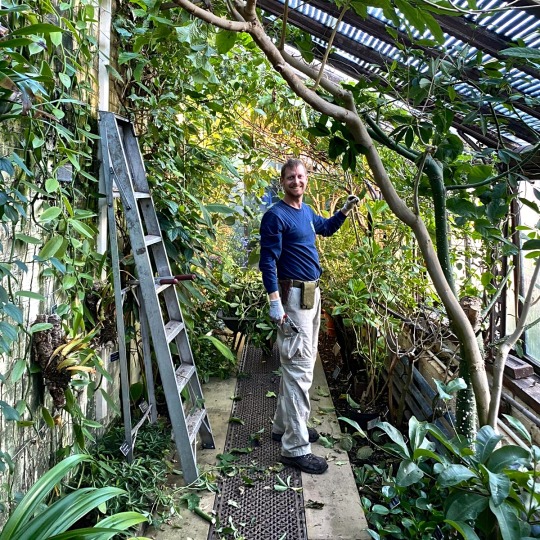
Jess and I gave the tropical corridor it’s winter pruning on Thursday.
Nell has allowed me to work on several projects on the database I’ve been trying to complete. I added to my predecessor’s manual for the plant records manager. It is quite comprehensive. I hope my replacement finds it helpful and continues to update it as the roll changes.
Wednesday, when Jill was in the garden, I asked her to create a herbarium specimen of the Romneya coulteri for me, also being a California native.
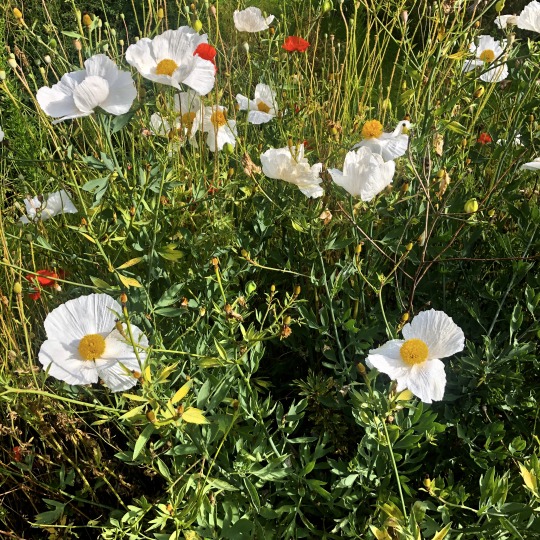
Friday, 13 November, saying goodbye... I made my way to Victoria in the morning, before work, to purchase one last social from Ole & Steen. After work we indulged in cheese, beers and Nell gave a very nice speech.
Mary Ellen painted this for me, and the plant and secateurs were gifts from colleagues.

The evening concluded with a stint in the jacuzzi - so very relaxing.

Plant of the week - a foreshadow of the next garden in which I shall be working
Cistaceae Cistus creticus L.
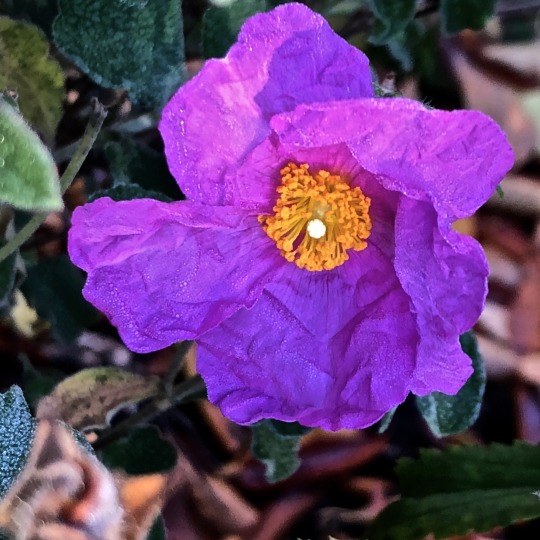
common name(s) - Cretan rockrose
synonym(s) - Cistus complicatus Spruner ex Nyman; C. creticus f. albus (O.E.Warb.) Demoly; C. creticus f. flavus Demoly; C. creticus subsp. trabutii (Maire) Dobignard; C. cupanianus C.Presl; C. dunalianus Sweet; C. garganicus Ten.; C. × incanus subsp. creticus (L.) Heywood; C. incanus subsp. creticus (L.) Heyw.; C. ladaniferus Stokes; C. polymorphus Willk.; C. rotundifolius Sweet; C. tomentosus Lam. [Illegitimate]; C. undulatus Moench; C. villosus L.; C. villosus f. albus O.E.Warb.; C. villosus var. creticus (L.) Boiss.; C. villosus var. rotundifolius (Sweet) Grosser; C. villosus var. trabutii Maire; C. villosus var. undulatus Grosser; C. vulgaris Spach; Ladanium officinarum Spach; Ladanum verum Raf.
infraspecific taxa - Cistus creticus subsp. corsicus (Loisel.) Greuter & Burdet; Cistus creticus subsp. eriocephalus (Viv.) Greuter & Burdet
conservation rating - none
native to - central and eastern European Mediterranean to Jordan
location - history beds, accession 1996-0376
leaves - shaggily hairy stems, leaves are slightly scented
flowers - variable in shade from deep purple-pink to rose pink, to 6cm across, with a yellow centre
habit - very variable, small, bushy, evergreen shrub, to perhaps 1.5m tall; highly branched shrub that measures between 30 to 140 cm with a more or less creeping stem but without actually taking root in the ground, with little strength to stay upright
habitat - distributed in calcareous romerales that inhabit soils with sandy characteristics; can be found growing near oak forests on the coast
pests - generally pest-free
disease - may suffer from nutrient deficiency when grown on very alkaline soils
hardiness - to -10ºC (H4)
soil -well-drained
sun - full sun, sheltered
propagation - seed, sow as soon as ripe and keep in cold frame or sow in spring; softwood cuttings in summer
pruning - does not respond well to hard renovation pruning
nomenclature - Cistaceae - Cistus - capsule, rock roses are conspicuous in fruit; creticus - from Crete, Cretan
NB - traditional herbal medicine, the leaves of Cistus have been used in the treatment of skin and inflammatory diseases (Hudson, 2009). Recent scientific research has confirmed the validity of this traditional herbal knowledge through studies that have demonstrated that Cistus leaf extractives have powerful antibacterial, antifungal, antiviral, and biofilm-breaking qualities (Rebensburg et al, 2015).
References, bibliography:
Gledhill, David, (2008) “The Names of Plants”, fourth edition; Cambridge University Press; ISBN: 978-0-52168-553-5
IUCN [online] http://www.iucnredlist.org/search [19 Nov 20]
Plant List, The [online] http://www.theplantlist.org/tpl1.1/record/kew-2723343 [19 Nov 20]
Plants of the World [online] http://plantsoftheworldonline.org/taxon/urn:lsid:ipni.org:names:168230-1 [19 Nov 20]
ProHealth [online] https://www.prohealth.com/library/cistus-a-natural-antibiotic-antiviral-and-biofilm-buster-6292 [19 Nov 20]
Royal Horticultural Society [online] https://www.rhs.org.uk/Plants/22292/Cistus-creticus/Details [19 Nov 20]
Warbleton Council [online] https://warbletoncouncil.org/cistus-creticus-13547 [19 Nov 20]
SARS-CoVid-2 update (active cases only) 2 November 2020

SARS-CoVid-2 update (active cases only) 8 November 2020

SARS-CoVid-2 update (active cases only) 16 November 2020

0 notes
Photo

more fluffy white matilija blooms ❤ there's way more on the bush but they tower over me and i can't get a good pic 😅
55 notes
·
View notes
Photo
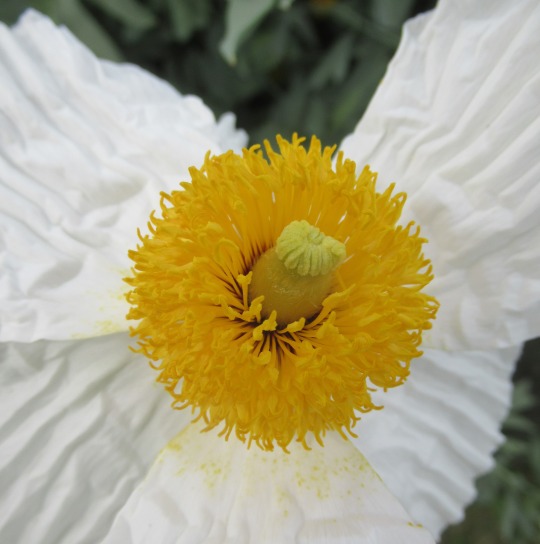


Romneya coulteri (California tree poppy var: “White Cloud”)
Today on my morning ramble I discovered a California tree poppy, surprisingly, still in flower in September. This poppy can grow nine feet tall and has the largest flowers of any plant native to California. It grows in dry canyons and, because it spreads by underground rhizomes, new shoots can pop up twenty feet away from the parent plant. This cultivar “White Cloud” is covered in flowers in late spring/early summer and has been supposedly ‘tamed’, so it’s less likely to spread all over your garden. I like the strange, crêpe paper-like texture of its snow-white petals.
#flowers#photographers on tumblr#California tree poppy#Matilija Poppy#poppy#fleurs#flores#fiori#blumen#bloemen#Vancouver
111 notes
·
View notes
Photo
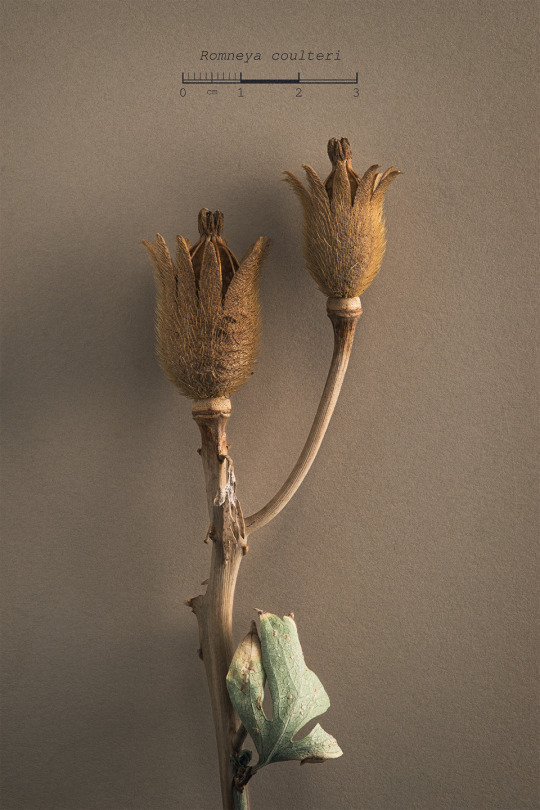
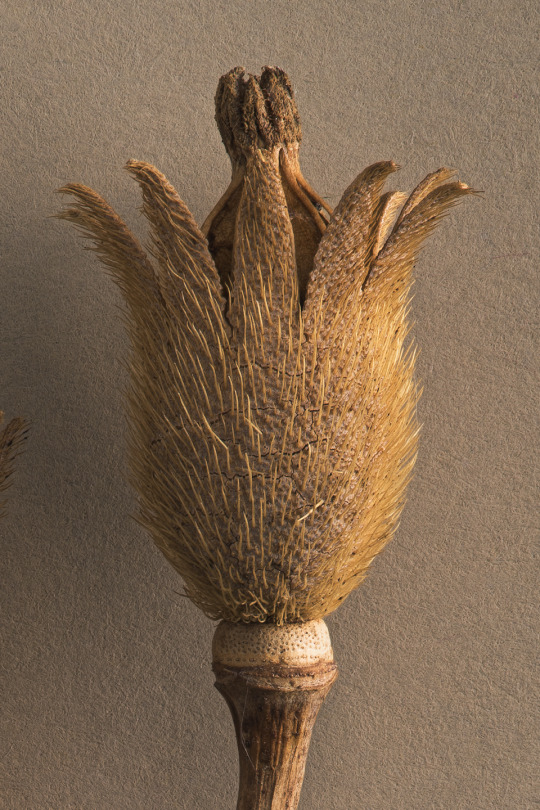

Romneya coulteri, known commonly as Matilija poppy, is a perennial from the poppy family native to southern California and Baja California where it occurs in dry regions, often hosting chaparral plant communities. It is fairly common in cultivation especially where water conservation is a concern and is known to spread aggressively via its rhizomatous roots if treated well. The white and yellow flowers are the largest of any plant native to California and was in contention to be the state flower though it was beaten out by its not-too-distant relative, the California poppy.
The fruit employs similar structures to many others in Papaveraceae (if you check my earlier post of Argemone glauca you’ll see great similarity!) but has more chambers than most, making it look like a crown. Each pod bears copious, small, classically poppyesque seeds. If you look closely you can see tiny fractures form in the capsule such that even gentle bumping or shaking can break it to pieces, spilling more of the seed that hasn’t already fallen out the top when shaken in a breeze.
76 notes
·
View notes
Text

Get ready to master the art of growing tree poppies with absolute finesse!
First, soak up the sunshine and find a spot with well-draining soil. Then, let's create a comfy home for our tree poppies by digging a hole twice the size of the root ball. Nestle the plant gently into its new surroundings and fill the space with soil. Once that's done, give it a good soaking and make sure to keep the soil consistently moist in dry weather. Plus, for an ongoing impressive flower display, remember to remove any spent blooms to keep the show going strong all season long!
If you're in the mood to grab a new Romneya Coulteri Tree Poppy, you can contact Healthy Harvesters, Inc.
For more details, go to https://hhplantnursery.com/products/romneya-coulteri-tree-poppy-one-gallon-size
0 notes